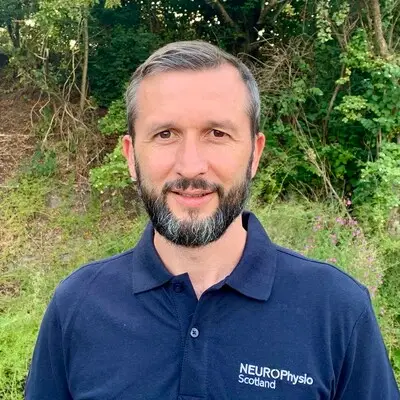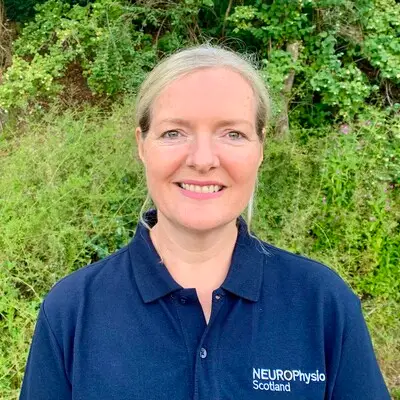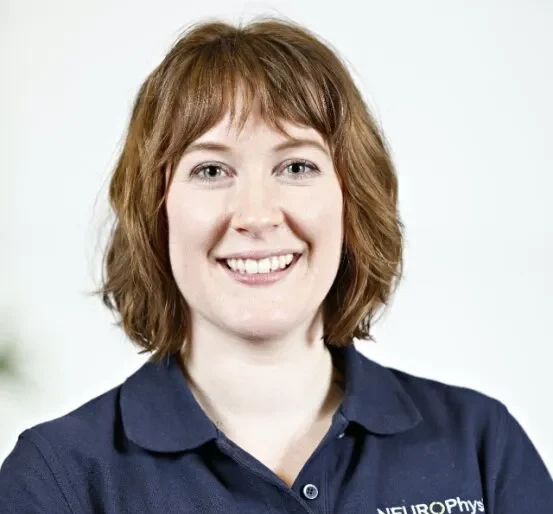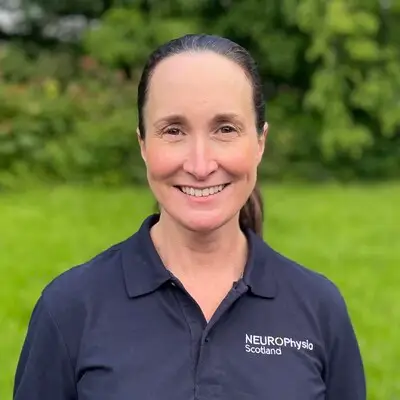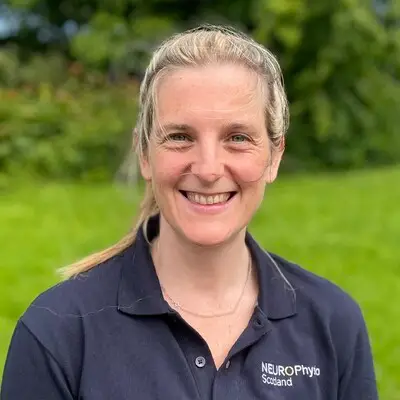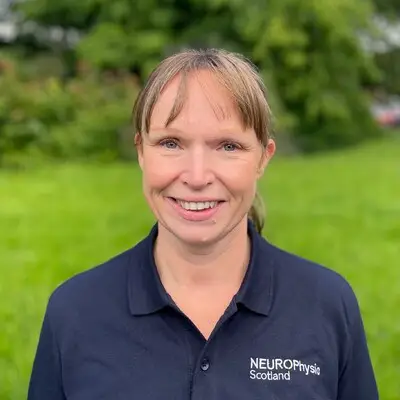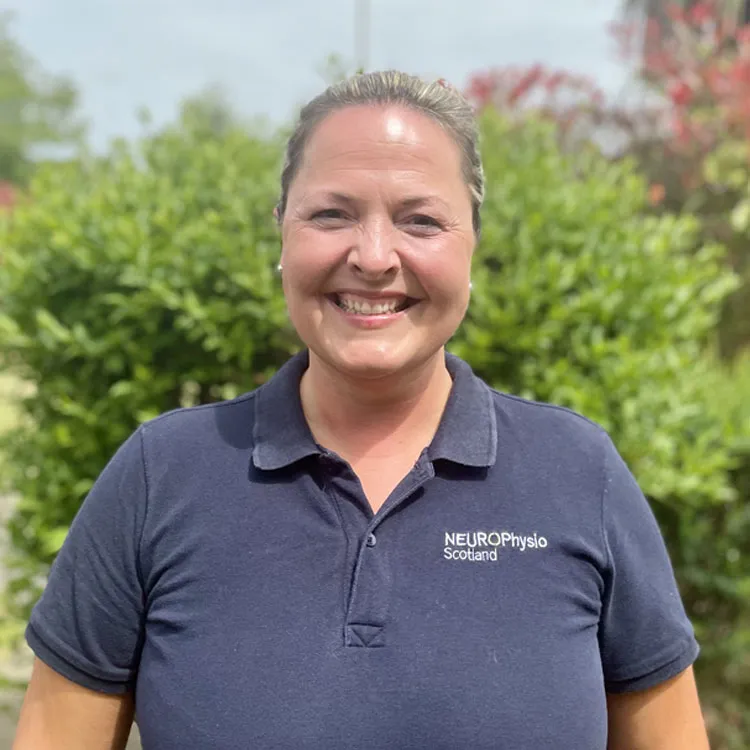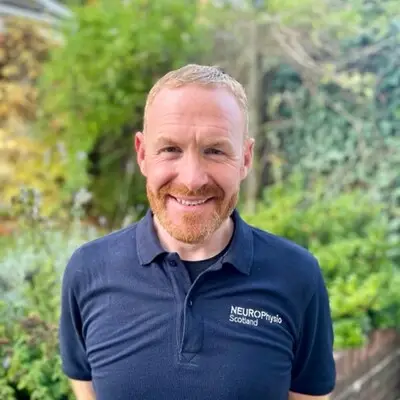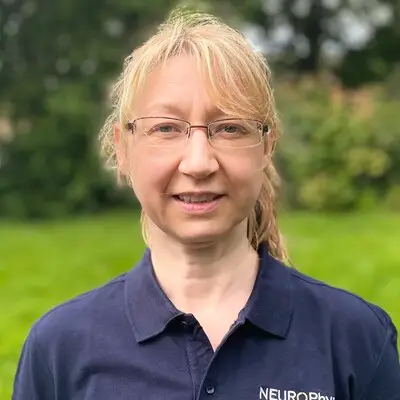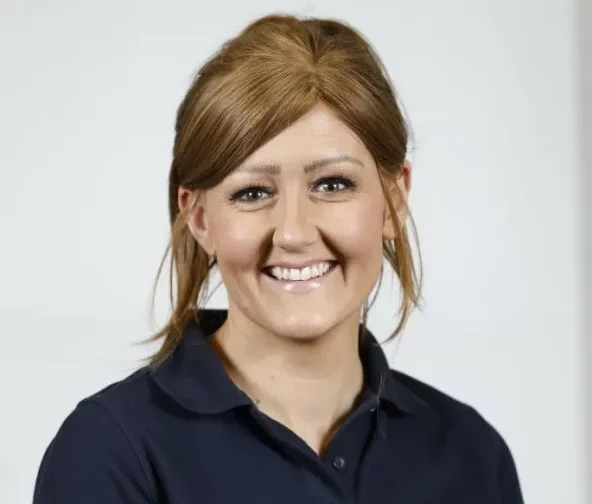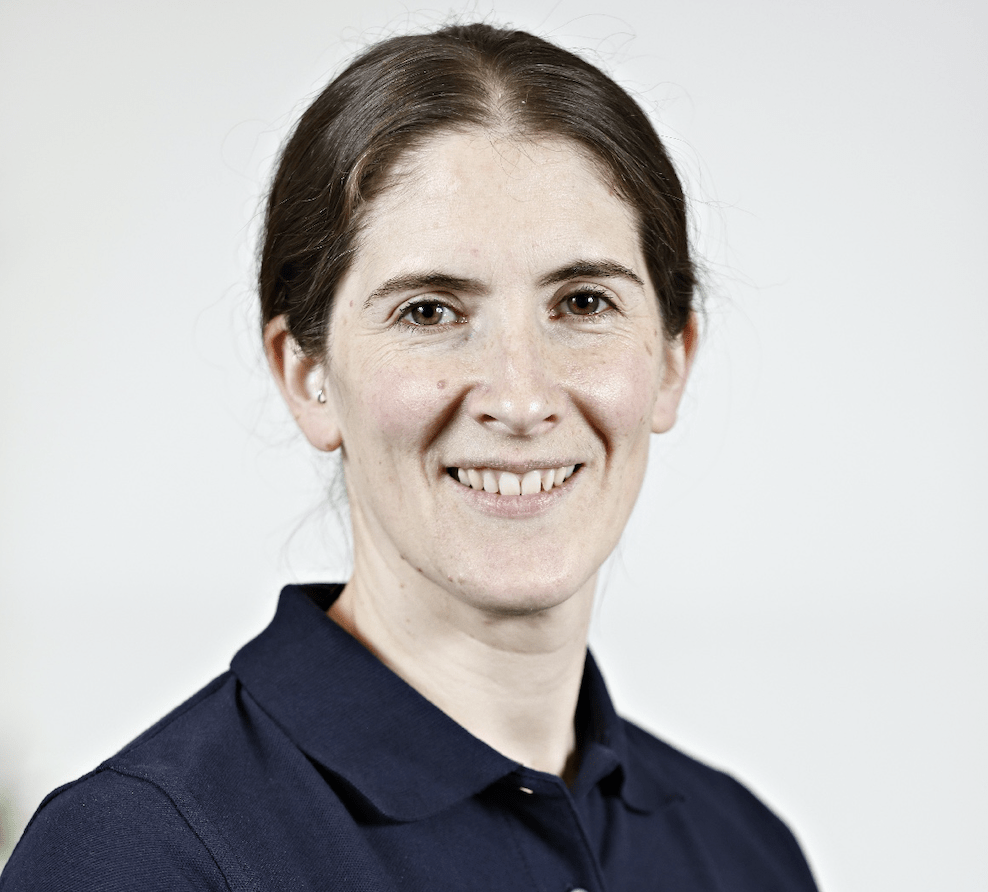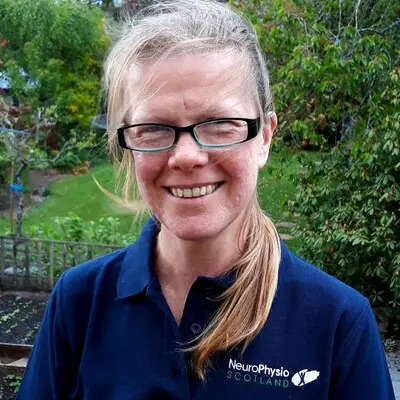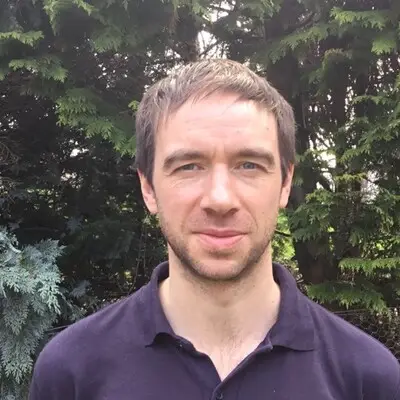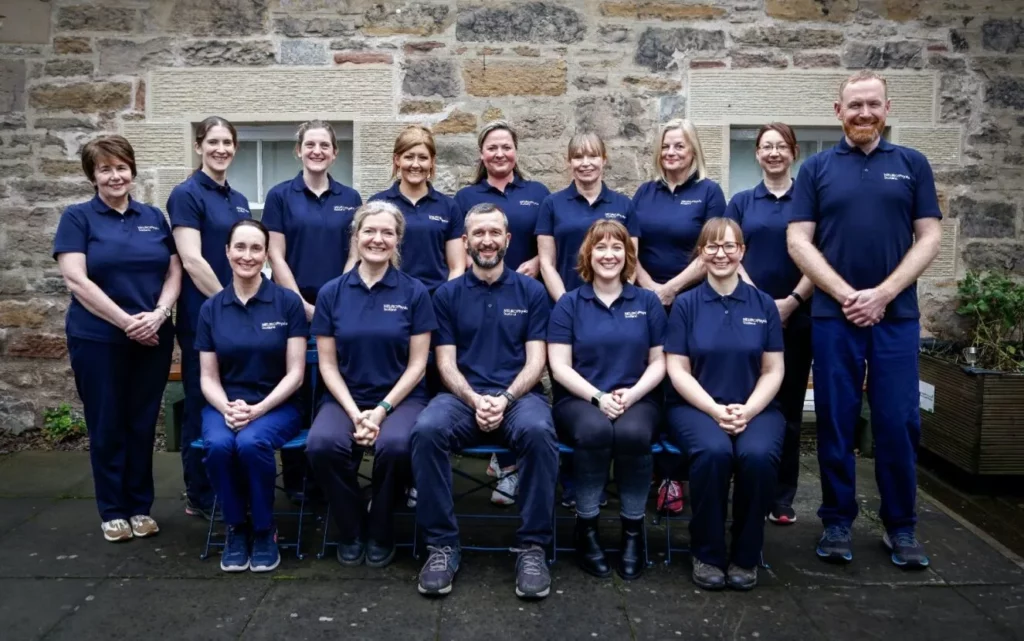Parkinson’s Disease
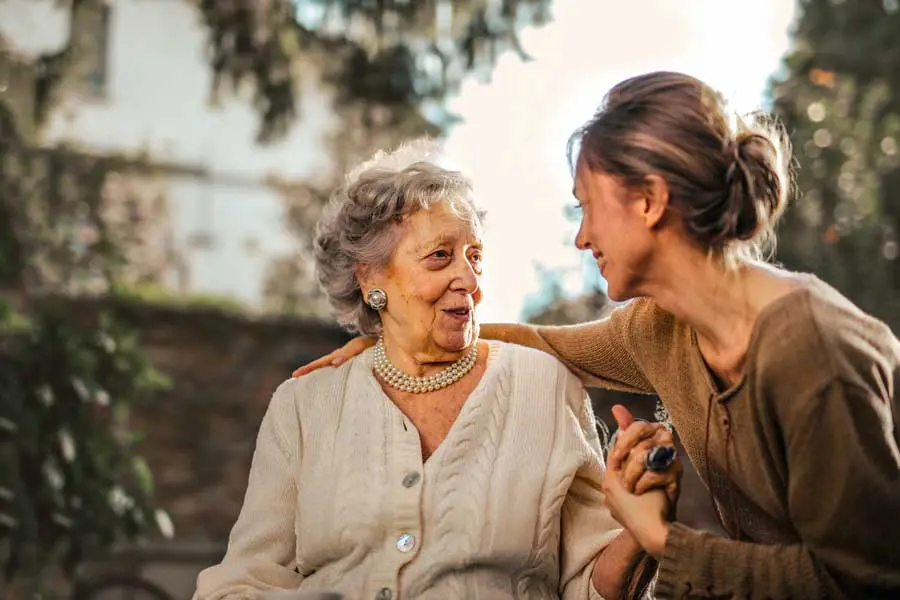
Parkinson’s Disease
Reduced levels of dopamine affect control of movement. We’ll introduce you to neuroactive exercises that can help reduce symptoms and get you moving better.
Support links
- Parkinson’s Care & Support UK
- Parkinson’s UK
- The Chartered Society of Physiotherapists: Physiotherapy Works
- NHS Choices
- PD Warrior
- LSVT BIG
- Parkinson’s Wellness Recovery
If you would like treatment but are limited by financial pressures, we have an arrangement with Parkinson’s Care & Support UK to provide free therapy sessions. This organisation also provides free online exercise classes and lots of other support.
What is Parkinson’s disease?
Parkinson’s disease affects a part of the brain that produces a chemical called dopamine. Dopamine is responsible for regulating the movement of the body, so people with Parksinson’s disease can present with a wide range of different movement problems. Other non-motor symptoms are also common. People with Parkinson’s are often prescribed medication that can help manage symptoms. Exercise has been described as a new ‘medication’ for PD thanks to the significant benefits it has shown.
Common challenges with Parkinson’s disease include:
Movement challenges – involuntary shaking or tremors, slow movements, balance problems and stiff, inflexible muscles. “Freezing” when trying to walk is also a very common complaint.
Non-movement challenges – fatigue, cognitive impairment, apathy, depression and anxiety.
How we can help
It’s our job to get you motivated, active and challenging yourself! Research has shown that specific types of “neuroactive” exercises can help slow the progression of the disease and in some cases reduce the levels of medication required over time.
The evidence also tells us that being sedentary worsens symptoms and can lead to depression and fatigue. Regular exercise can help improve balance, flexibility, strength, fitness and coordination. It can also improve sleep patterns and mental health. Early treatment is therefore really important so the sooner you establish a good routine after your diagnosis, the better. We can teach you how to apply the right principles to your exercise regime to get maximum benefit.
If your symptoms are more advanced we will still find a way to get you moving. Our focus might be more on how you manage to stand up, transfer or walk more efficiently, or it might be targeted at keeping you flexible and comfortable. We assess everyone as an individual so we can guide you on the most suitable treatment to help you maximise your abilities.
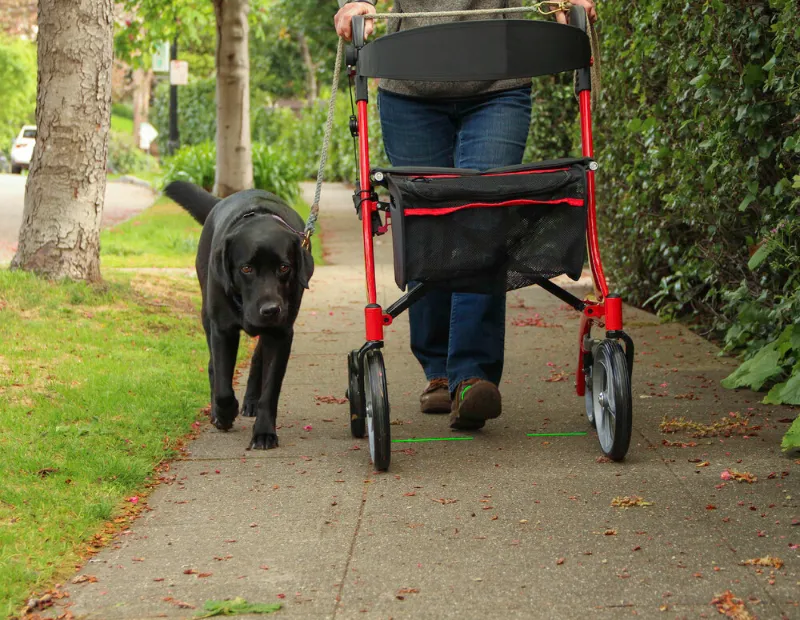
Rehabilitation technology
Nexstride is a simple piece of technology that can provide both visual and auditory “prompts” to help you get going if you suffer from episodes of freezing when you walk. It can help you walk faster and fall less.
Meet Our Team
Testimonials
What They Say
I have been the fortunate recipient of expert and professional physiotherapy from Ali and Katy following a stroke. They are professional and compassionate, very expert and great fun; their expertise and appointments have been both necessary and a delight. I would recommend this firm very highly and without reserve, and their staff are deserving of the highest praise.
Kenneth Walker
I’ve been working with Kenny for around five years, initially for surgical rehabilitation and then for ongoing mild cerebral palsy. He has been so encouraging and supportive throughout. He regularly changes my programme to keep me motivated and always pushes me to be my physical and functional best. I’ve seen huge changes since we started working together!
Kathleen McNish
Bob was in a very poor condition when Catriona came to see us, and he is making very good progress. Catriona is always positive and in just a few weeks has made a big difference in Bob’s life, and we can’t thank her enough for all her help.
Christine Chrystal
This company has helped me regain much more of my balance and core strength lost in the first lockdown. Through weekly visits, with plenty of exercises to do daily in between, I have come a long way to regaining core strength and balance. Thank you to a wonderful specialist physiotherapist that makes each visit to give me more confidence.
Bernadette Hendry
Tracey is always pleasant, considerate, and obviously a dedicated first-class therapist. She has done a great deal for my wife’s condition (disability and tremor following a stroke), not least for her morale. She gives great encouragement. Her visits have become friendly occasions for my wife, who frequently asks when Tracey is coming back.
Tom Brown
NeuroPhysio has been absolutely fantastic with the help and support provided to my mum. Her confidence has grown, she is stronger and making amazing progress. Thank you to Emma for always making time available to talk things through, the patience and also the persistence to get the best outcome.
